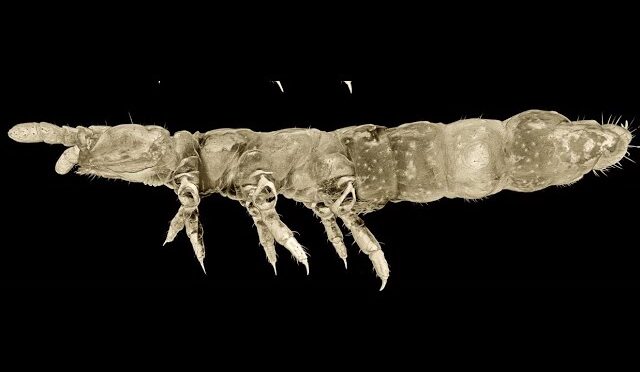This Alien-Looking Creature Has Survived in Antarctica for at Least 30 Ice Ages
In Antarctica, a team of scientists who have been looking for it for decades have recently rediscovered a small insect-like organism that has survived 30 ice ages.
“This is what we affectionately refer to as the phantom springtail,” says BYU (Brigham Young University) biology professor Byron Adams., who conducts regular research in Antarctica.
“And we call it the phantom springtail because it’s white, like a ghost, but since we hadn’t found it after looking for it for years and years and years, we started to wonder if it was real if it really existed.”


In an article published in Proceedings of the National Academy of Sciences, the researchers used the history of small microscopic Antarctic animals to understand exactly how the dynamics of the ice sheet developed over time and how they affected historic ecosystems.
“The evolutionary history of biological organisms can corroborate what we inferred from glaciology and geology about climate change in the past,” Adams said in a statement. “By doing so, we can better predict how life on Earth might respond to these kinds of changes now.”
Researchers have spent the past 20 years collecting samples from six different species of microarthropods at 91 sites in Antarctica. These tiny animals, known as springtails, live on the ground. They have very limited mobility and can only colonize ice-free areas.
During ice ages, ice sheets advance, expanding their coverage of living space, while during warming periods, ice sheets contract and become smaller, leaving more open spaces where ground animals can disperse.
By studying their current locations and patterns of genealogical and evolutionary divergence, Adams and his team can better understand how the West Antarctic ice sheet has changed over time.
The researchers found four species of the creatures, each showing genetically distinct populations in locations likely isolated for millions of years. The other two species were less genetically diverse, although their distribution was restricted.
Together, these patterns give an independent estimate of the timing and magnitude of the ice sheet advance and retreat. Antarctica.